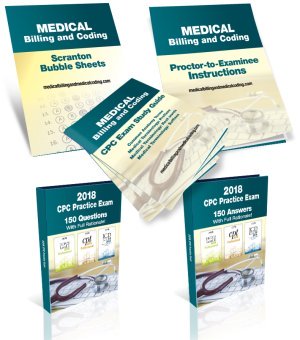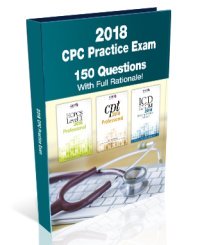PREOPERATIVE DIAGNOSIS: Right facial lipoma.
POSTOPERATIVE DIAGNOSIS: Right facial lipoma.
OPERATION: Excision of right facial lipoma with facial nerve
dissection.
FINDINGS:
Surgical findings were consistent with a right cheek/facial lipoma,
which was deep to the SMAS and superficial and adjacent to the right
parotid gland with the facial nerve branches traversing the mass.
The frontal branch of the facial nerve went right through the lipoma
and the buccal and main trunk of the facial nerve was adjacent to,
but not penetrating the mass.
DESCRIPTION OF OPERATION:
The patient was taken to the operating room and placed on the
operating table in supine position and sedated and intubated with
general anesthesia. An endotracheal tube was placed and secured to
the left side of the lower lip. The bed was turned 90 degrees from
anesthesia for this procedure. A surgical time-out was performed,
and all the consents were verified. The facial nerve monitor was
used for this procedure, and was placed on the patient with
electrodes at the orbicularis oculi and orbicularis auris. The
patient was then prepped and draped in a sterile fashion for the
procedure. A marking pen was then used to mark along the marked
incision, which was done in a modified face-lift incision. The
incision followed from the sideburn hairline into the preauricular
crease in a post-tragal fashion, then along the earlobe and carried
slightly posterior to the earlobe along the postauricular area.
Local anesthesia was then used to inject the incision with 1%
lidocaine and 1:100,000 concentration of epinephrine. After
allowing several minutes for the local anesthesia and epinephrine to
take full effect, the procedure began with the marked injected
incision site incised with a #15 blade. A subcutaneous skin flap
was then made extending approximately 3 cm down onto the right cheek
to allow for exposure of the underlying SMAS. Next, the SMAS was
incised just approximately 1 cm anterior to the tragus in the
preauricular area along the length of the mass. A SMAS flap was
then created by carefully dissecting the SMAS off the underlying
tissues. The lipoma was noted to be just deep to this SMAS tissue.
The parotid gland was adjacent to the mass inferiorly and anteriorly
with the mass sitting on the superficial surface of the parotid
gland mostly. Blunt and sharp dissection were then used to
carefully separate the lipoma from the surrounding tissue
attachments. On initial inspection and dissection, a branch of the
facial nerve was noted to be traversing through the middle of the
lipoma. This appeared to be the frontal branch of the facial nerve
and stimulated appropriately with the nerve monitor. Careful
dissection of the frontal branch of the facial nerve that was
traversing the mass was performed separating the mass from the nerve
and mobilizing the nerve allowing the mass to be completely
separated from that branch of the facial nerve. The branch of the
facial nerve was followed inferiorly until the main branch of the
facial nerve which was discovered adjacent to, but not penetrating
or involved in the lipoma. The main branch of the facial nerve was
stimulated appropriately with the nerve monitor. The main trunk of
the facial nerve was not involved in the dissection and did not
require mobilization for removal of the lipoma. All bleeding in the
surgical site was meticulously controlled with bipolar cautery. The
lipoma was separated from the penetrating branch of the facial nerve
and the surrounding tissues were removed in its entirety. The
surgical site was then copiously irrigated with normal saline. The
patient was checked for any evidence of bleeding, which was
controlled meticulously with bipolar cautery. The SMAS flap that
was made previously was then laid down over the underlying parotid
bed and facial nerve that was dissected out and re-sutured to the
surrounding SMAS with 4-0 PDS sutures. This allowed for covering of
the branch of the facial nerve that were exposed as well as help to
avoid any defect or concavity in the face by removing the lipoma.
Next, the skin incisions were then closed with a combination of
running locking 5-0 plain gut suture and running locking 5-0 Prolene
sutures. A compressive dressing was then placed over the surgical
site and the procedure was completed. The patient was turned back
to Anesthesia, where the patient was successfully awakened,
extubated, and taken to recovery room in stable condition. She
tolerated the procedure well without complication. Postoperatively,
in the recovery room, the patient was noted to have full facial
nerve function with no evidence of weakness in any of the branches
on the right side.
At first, I was going to go with 21011 or 21012 depending on the Lipoma’s size (need to query provider) and mention of a subcutaneous skin flap. However the description of going all the way down to the SMAS flaps is pointing me to 21013 or 2014 depending on size since I believe SMAS is subfascial?
In addition, the mention of the lipoma being superficial to the Parotid gland plus the nerve dissection also suggests this could possibly all be coded under 42410 or 42415.
Any help clearing up my confusion here would be appreciated. Thank you.





